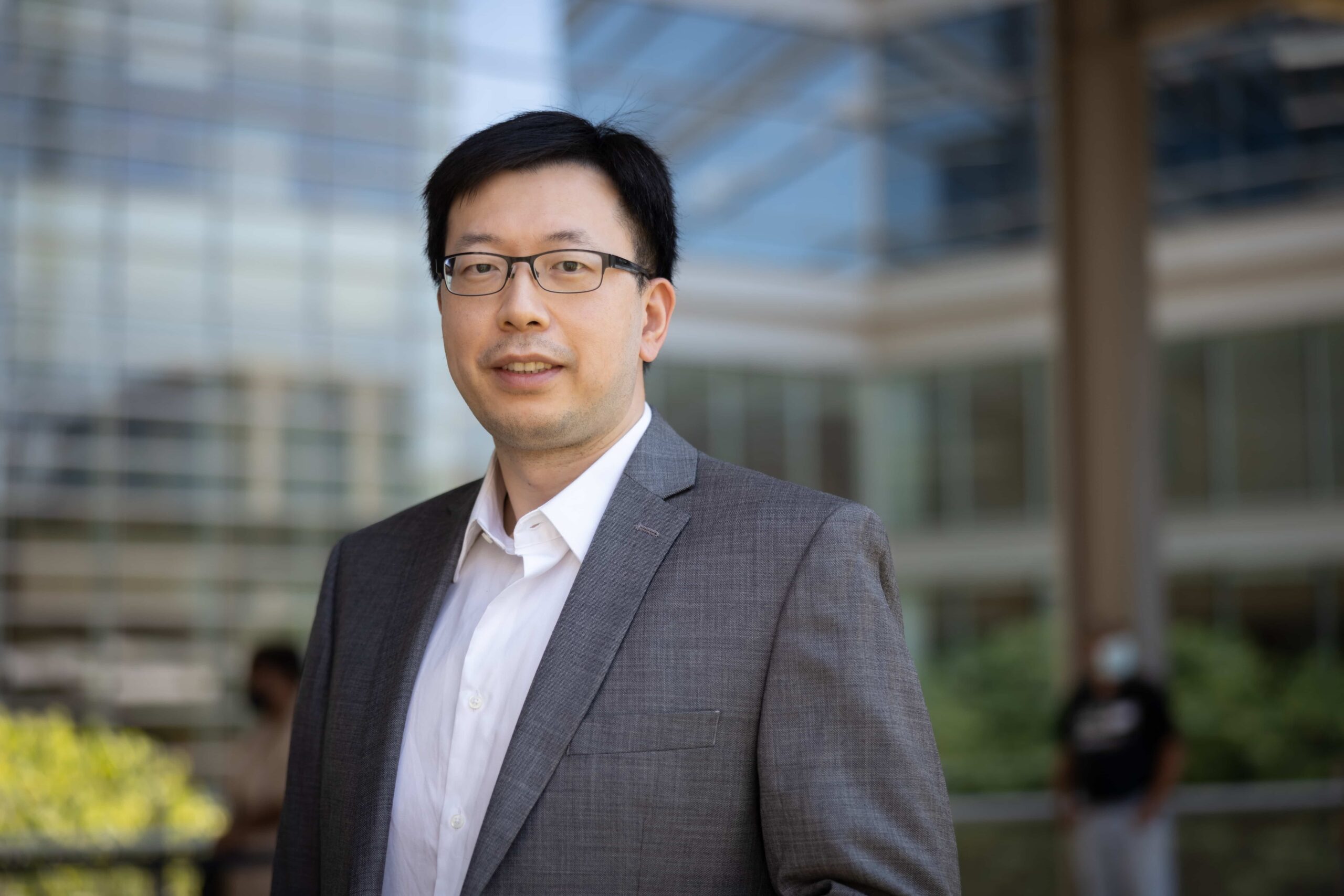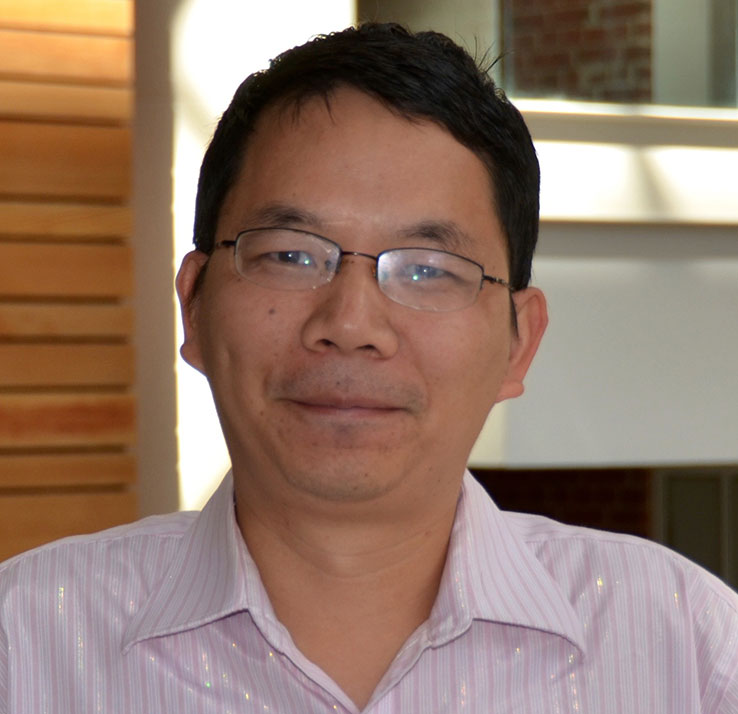Cancer spreads throughout the human body in cunning, almost militaristic, ways. For example, it can manipulate our genetic makeup, take over specific cell-to-cell signaling processes, and mutating key enzymes to promote tumor growth, resist therapies, and hasten its spread from the original site to the bloodstream or other organs.
Enzyme mutations have been of great interest to scientists, but the fact that enzymes exert function through a large spectrum of downstream enzyme substrates complicated enzyme function – sometimes two substrates display opposite function.
The Liu and Tan groups at the UNC Lineberger Comprehensive Cancer Center believe that mutations of enzyme recognition motifs in these substrates may more faithfully reflect enzyme function with the potential to find new targets or directions for cancer treatment.
“We think understanding the roles of mutations on enzyme substrates, instead of the enzyme as a whole, may help to improve efficacy of targeted therapies, especially for enzymes that have both oncogenic and tumor suppressive function through controlling distinct subsets of substrates,” said Jianfeng Chen, PhD, who is first author and a postdoctoral fellow in the Liu lab in the Department of Biochemistry and Biophysics.
Their results were published in Journal of Experimental Medicine on June 29, 2023.
AGC Kinase Motif Mutations
Using the developed algorithm and information from The Cancer Genome Atlas (TCGA), they found that the highest rate of mutation occurs in the AGC kinase motif called RxRxxS/T. RxRxxS/T is a short, recurring pattern that is shared among the AGC family of ~60 kinase enzymes. These enzymes play critical roles in cancer metastasis, proliferation, drug resistance, and development.

“We found that cancer tried to either evade or create mutations on these RxRxxS/T motifs to give itself more advantages for tumor growth and survival,” said Pengda Liu, PhD, associate professor of Biochemistry and Biophysics.
A New Mechanism for Colorectal Cancer
The Liu and Tan groups conducted a validation study on the AGC kinase motif mutations that cause colorectal cancer, the second most lethal cancer and the third most prevalent malignant tumor worldwide. Currently, colorectal cancer has a 5-year survival rate of 12%.
They discovered that colon cancer “hijacks” BUD13 mutations, a protein-coding gene, to sidestep the phosphorylation and inactivation mechanisms that are carried out by AGC kinase. Colon cancer ultimately prefers these BUD13 mutations because it gains an additional benefit by inactivating an E3 ligase called Fbw7. “Turning off” Fbw7, a crucial tumor suppressor, causes an increase in tumor growth and chemotherapy resistance.

In addition to their findings on Fbw7 inactivation, the research team found that the BUD13 tumor cells were more susceptible to the inhibition of mTORC2 kinase, revealing a new, potential targeted therapy for colon cancer with the BUD13 mutation.
“It is exciting to teasing out different types of somatic mutations and we are glad to offer this publicly available resources to cancer research community,“ said Xianming Tan, PhD, associate professor of Biostatistics at the Gillings School of Global Public Health and UNC Lineberger.
Search for protein motif mutations in the TCGA database
— Media contact: Kendall Daniels, Communications Specialist, UNC Health | UNC School of Medicine
